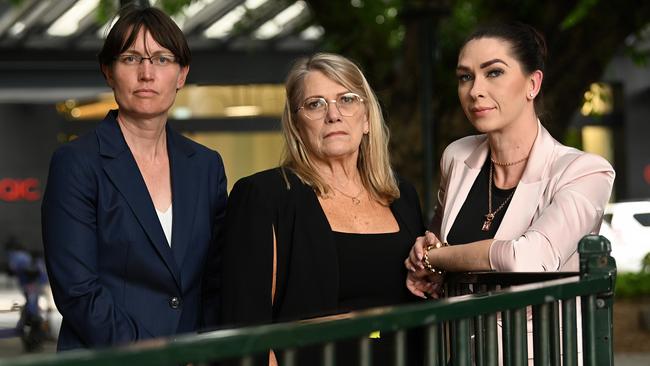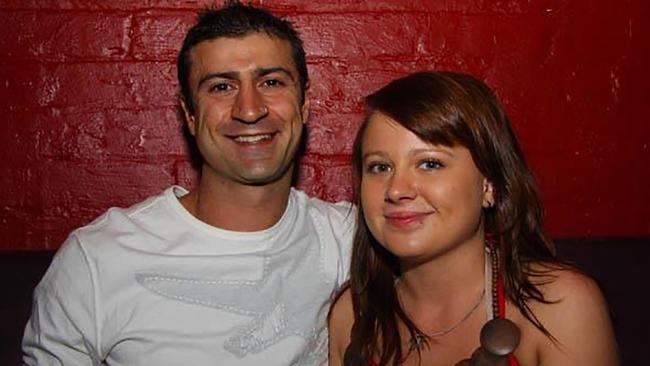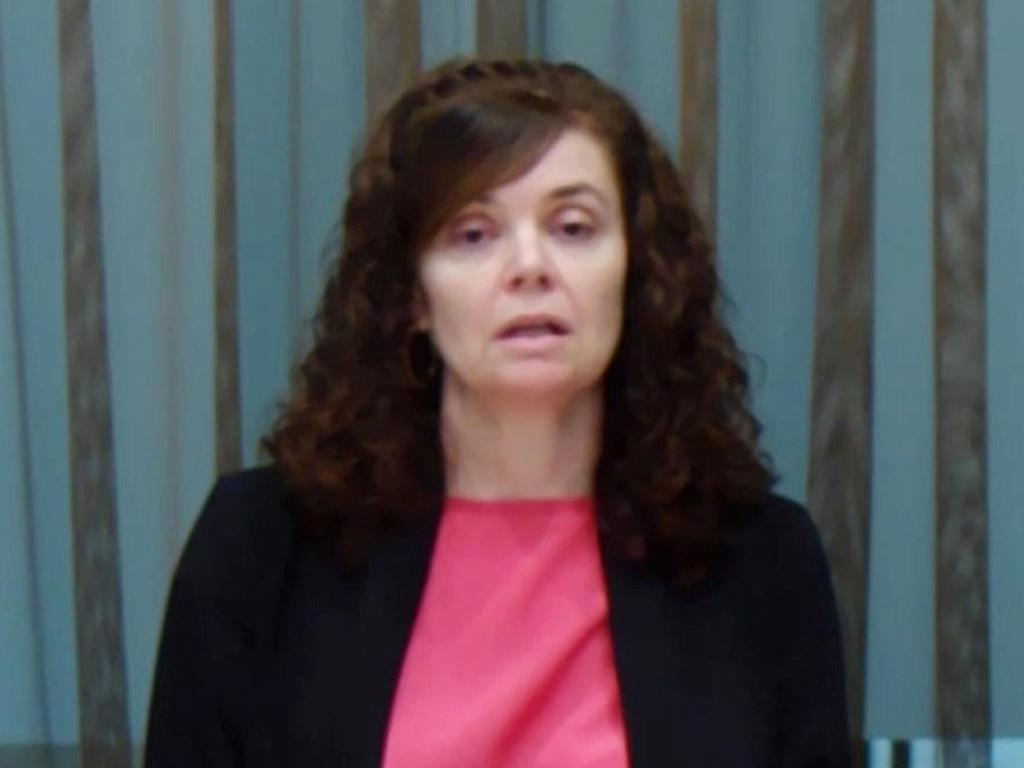Lab’s DNA failures so great even the dishwasher’s in the frame
Three independent experts agree that Queensland’s DNA lab was experiencing catastrophic flaws at the time it failed to find any useful evidence in Shandee Blackburn’s murder probe.

Three independent experts have agreed that Queensland’s DNA lab was experiencing catastrophic flaws – including a faulty dishwasher and poor processes – at the time it failed to find any useful evidence in Shandee Blackburn’s murder investigation.
A serious problem extracting DNA was discovered only last week as the experts – including the world’s most renowned forensic biologist, former FBI expert Bruce Budowle – pored over the Blackburn case file.
Dr Budowle, New Zealand expert Johanna Veth and Australia’s Kirsty Wright have called for a further investigation to identify samples from potentially years’ worth of other violent crimes where DNA was not found.
The DNA of the man who stabbed the 23-year-old to death on a street in the central Queensland sugar and mining town of Mackay in 2013 could have been on her body and may have been missed, a commission of inquiry was told on Thursday.
It was also possible Blackburn’s DNA was in the car of the then main suspect, her former boyfriend John Peros, but went undetected because of systemic collection and testing issues.
Counsel assisting, Laura Reece, said Blackburn’s murder has “loomed large” over the work of the $6m public inquiry, which since June has been examining evidence of widespread failures at the laboratory stretching over more than a decade.
Blackburn’s case “is compelling for its tragedy, for the humanity of the loss of a life and lack of closure for a family, but it’s also illuminating for the insights it has given us into the functioning of the lab at that time, almost 10 years ago”, she said.

Significant differences between two extraction systems used in the lab at the time have emerged as a possible explanation for the absence of incriminating DNA in the case.
All the samples of concern identified in the unsolved murder of Blackburn involved the use of one particular extraction method.
A review of control samples has shown the process was inferior, Ms Reece said. “Results between the two methods of extraction in use at the lab are so stark it appears indicative of a systemic issue with the functioning of the lab,” she said. “This is an issue they appear to have been unaware of.”
Another issue the experts examined was a faulty dishwasher that lab managers feared could be damaging samples during the period when Blackburn’s samples were being processed in 2013.
The laboratory has suggested the dishwasher could have been responsible for the contamination of a critical enzyme, Proteinase-K, used in DNA analysis. A flaw with the dishwasher appeared to be depositing caustic detergent residue on a glass measuring cylinder used to prepare the enzyme for DNA extraction.
Dr Wright told the inquiry in a report: “The impact the faulty dishwasher and defective Proteinase-K would have on crime scene evidence is catastrophic.”
She told The Australian: “Due to a lack of an appropriate investigation by the lab, it’s unclear if this was the cause.”
One of the other factors potentially causing samples to be ruined was a change in police crime scene swabbing processes. Police replaced water on swabs with an ethanol solution on the lab’s advice, but the new system may have reduced recovery of DNA from samples, including pools of blood.
Two new testing systems – PowerPlex21 and STRmix – introduced to the lab at the end of 2012 were poorly implemented and staff were likely not properly trained as the lab rushed to meet an implementation deadline.

Emails at the inquiry show the new systems caused the lab to slow down in returning samples to police with results – prompting a testy exchange between senior officer David Neville and lab managing scientist Cathie Allen.
Inspector Neville wrote on February 9, 2013, coincidentally the same day Blackburn was murdered: “I am cognisant the turnaround times are growing. It is imperative to police that offenders are identified rapidly so they are arrested and prevented from creating more victims.
“I am very interested to know when you think you will be positioned to provide the same turnaround time as previously.”
Two days later, Ms Allen replied, blaming police for sending irrelevant samples: “DNA analysis resources have been spread across those items as well as relevant items that could provide intelligence to the QPS.”
In 2012, the lab introduced a new threshold for stopping testing of major crime samples with low levels of DNA, despite the fact they could yield DNA profiles.
The report by Dr Veth and Dr Budowle suggests this was to reduce the lab’s workload.
“The fact there are so many potential quality issues – how can we trust what’s coming out of this lab?” Dr Wright said outside court after her evidence on Thursday.
Dr Budowle and Dr Veth in a report to the inquiry wrote: “During the processing of samples from the Blackburn case in early 2013, the laboratory was also dealing with significant quality issues which include, but perhaps are not limited to, a poorly performing batch of the Proteinase-K reagent, a malfunctioning industrial dishwasher … and instances of gross contamination”.
“Not all of these issues directly affected the laboratory processing or interpretation of profiling results in the Blackburn case, but that they were occurring at the same time as the Blackburn case sheds some light on the difficulties the laboratory staff were facing.”
Dr Wright, Dr Budowle and Dr Veth, who were given full access to the Blackburn DNA case file, gave evidence on Thursday, broadly agreeing the laboratory had poor quality processes in place, but they were unable to definitively verify the cause of the failure to obtain DNA profiles from key Blackburn evidence.
Ms Reece said “there was no allegation of deliberate wrongdoing on the part of the lab, no concealment of errors or misleading of the police” in the case.
“Knowing what we know now, it’s not possible to conclude that the offender’s DNA was not on Ms Blackburn’s body or clothing,” commissioner Walter Sofronoff said during Thursday’s hearing.
“And it’s not possible to conclude Ms Blackburn’s DNA was not present in the car of the person who had been suspected of killing her. That is to say – it’s not correct to say there was no DNA.”






